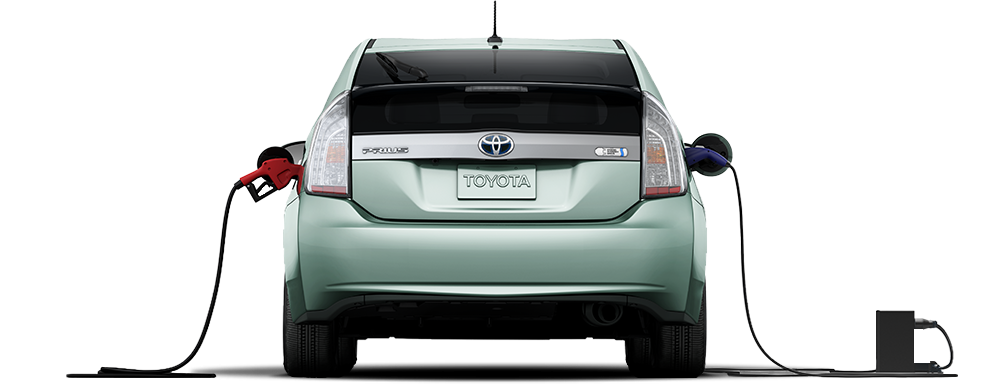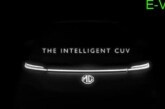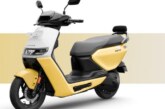
Electric Vehicles Technology Overview
You may be hearing Electric Vehicles becoming popular these days but it was invented long back. It has a long history ever since the first DC powered motor was introduced by Joseph Henry in 1830.
In 1835, the first small Electric car was built by Professor Stratingh in the Dutch town of Groningen. The first EV was built in 1834 by Thomas Davenport in the U.S. later on by Moses Farmer who built the first two-passenger EV in 1847. As there were no electric cells available at that time to run the EVs the process was on hold.
In 1865 the storage batteries were invented, modified and improved in 1881 by Frenchmen Gaston Plante and Camille Faure.
What is Electric Vehicle? Electric Vehicles Technology?

EV functions on an electric motor rather than internal combustion engine (ICE) like any other vehicles. Electric Motor runs using the power stored in the batteries. When the word batteries come, charging or charger word hits into our mind, just like our mobile phone’s battery. EV batteries also need to be charged using any main supply which is 120 V or 240 V. EVs are popularly known for their eco-friendly, quiet and speed features.
Electric Vehicles doesn’t have ICEs instead electrical energy is stored in a storage battery or ultracapacitor, converted from chemical energy in a fuel cell or converted from mechanical energy in a flywheel. The electric energy is helpful in the functioning of the electric motor than passes onto the wheels.
Types of Electric Vehicles
There are three main types of Electric Vehicles
Hybrid Electric Vehicles (HEVs)/ Plug-in Hybrid Electric Vehicles (PHEVs)
In this kind, the powered by both petrol and electricity. It is best suitable for traveling in-city due to its low-speed Electric Motor. The HEV get an upgrade to the Plug-in Hybrid Electric Vehicle (PHEV) which is a new battery charging system
HEV Examples
- Toyota Prius Hybrid
- Honda Civic Hybrid
- Toyota Camry Hybrid
Battery Electric Vehicle (BEV)- All-Electric Vehicle (AEV)
They uses high capacity of batteries and electric motor for propulsion. A battery can charge through a small engine-generator unit.
Extended Range Electric Vehicle (EREV or REEV)
The Extended Range Electric Vehicles is the third main type which is powered by an electric motor powered by high capacity batteries. It offers the range of distance 100Km in just less than two liters of fuel.
Some of the REEV are ELR, the AUDI A1 e-Tron, and Jaguar’s Limo-Green series.
Fuel Cell Electric Vehicle (FCEV)
Its additional to the above types which is preferred for the long distance traveling. Fuel Cell Electric Vehicles uses fuel cell system to power its onboard electric motor.
Hybrid Electric Vehicles

Hybrid Vehicle is another way of EV, which consists both electric motor and fuel-burning engine which produces its lowest levels of emissions, at times when the vehicle goes with high speeds and loads in it, It creates a great number of emissions.
Hybrid Vehicles Types
Parallel Hybrids
They are also called as power assist which is directly connected with its hybrid power unit (HPU) and the wheels.
Benefits:
- Vehicle have more power as both the engine and the motor supply power are simultaneous.
- It’s more efficient as the power is directly linked.
- Most of the parallel vehicles do not need a generator.
Series Hybrid
It is also called as range extenders which use the heat engine with a generator for the electricity to be passed to that battery and the motor.
Benefits:
- The engine never runs idle making it to release less pollution.
- Some series hybrids do not even need a transmission.
Main Components in Electric Vehicles Technology
These are some of the main components of EVs
How Does Electric Vehicles works- Types of Electric Vehicles
Motors
Motor is the main component of any EV. The selection of motor is to be done very carefully depending on the distance of traveling you make every time. There are five kinds of motors such as Series Wound Brushed DC Motors, AC Motors, Brushless DC Motors, Permanent Magnet Motors, Shunt Wound DC Motors.
Speed Controller
With the name itself will get know its function, Speed Controllers are decided depending on the range of voltage and amperage. We can say as it regulates how much electricity should pass. It controllers the power.
Power Storage used in EVs
Batteries:

Batteries hold one-third of vehicle weight and one fourth the life-cycle cost of an electric vehicle. Batteries for EV includes solid, liquid and gaseous electrolytes; high and ambient temperatures; replaceable metals; and replace-able liquids.
Battery to be used in EVs
How high is the battery voltage, the better acceleration, and speed you will get. The high performance can be achieved by opting a voltage system of 96 to 120 V with 12 V batteries making the car lighter.
Climate change can affect the batteries
The sulfuric acid which is in the battery changes with the temperature. manufactures suggested 78 degrees F for the batteries to function but the battery used in the 32 degrees F will run only 70% and if used in 110°F weather it will operate at 110% of its capacity.
Maintaining of batteries
The batteries need to be cleaned with distilled water and baking soda once a month which prevents it form ion tracking. By doing this the dirt or moist is removed from the top of the battery.
Types of EV Batteries
There are four types of EV batteries available in the market
- Lithium-Ion Batteries
- Lead-Acid Batteries
- Nickel-Metal Hydride Batteries
- Ultracapacitors
There are few other battery technologies contributing to EVs such as Nickel-Hydrogen, Nickel-Zinc, Zinc-Chloride, Zinc-Bromide.
Electric Vehicles Technology is a boon for developing countries, it can save a lot of fuel and control pollution from carbon emissions which can stabilize global warming. Hope this article helps in learning the basic information about EV technology.







